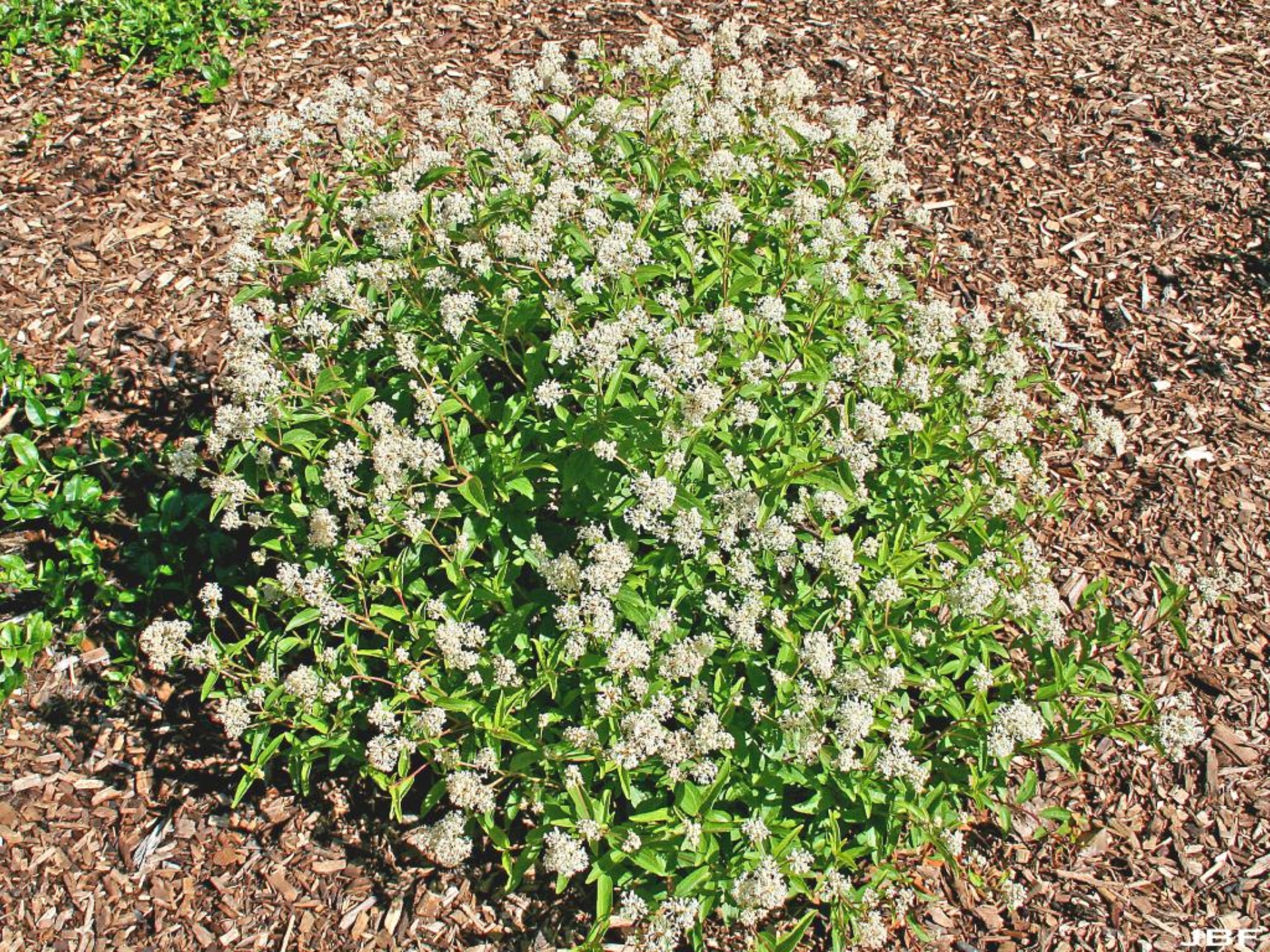new jersey tea plant care
New Jersey Tea Care Light. New Jersey Tea was a name coined during the American Revolution because its leaves were used as a substitute for imported tea.

Ceanothus Americanus New Jersey Tea Qt Super Plugs
New Jersey tea.

. New Jersey Tea Ceanothus americanus. Tea plants need plenty of water. Thats because New Jersey tea shrubs are low maintenance plants that tolerate drought and thrive in dry soil shallow soil and rocky soil.
Its essential to let the soil dry out between each watering though to avoid waterlogging the plant. A low-growing compact shrub thats excellent for hot dry sites. New Jersey tea can be grown from seed flowers in third to fourth year or plug material flowers in second to third year.
The genus name originates from a Greek word for spiny plant or a Latin word for thistle. New Jersy Tea grows best in well-drained sandy loam or rocky soils in full sun to partial shade. Fixes Nitrogen in the Soil.
Gorgeous Textured Leaves Stay Gloss All Season. Tea plants usually dont need to. Growing Tea Plants at Home.
You can easily grow them in well-drained soils in either full sun or part shade. Do rabbits browse on New Jersey Tea plants. In fact New Jersey tea shrub care is minimal.
Excellent Choice for Pollinators. Avoid full shade as tea plants in sun are more robust. The specific epithet relates to its occurrence in the Americas.
Outstanding Native New Jersey Tea. Ceanothus americanus commonly called New Jersey tea is a compact dense rounded shrub which typically grows 2-3 tall less frequently to 4. Keep an eye out for leaf spot and powdery mildew.
Easily grown in average dry to medium well-drained soils in full sun to part shade. Evenly Moist Soil and Full Sun. If you are wondering how to grow a New Jersey tea shrub all you have to do is site the plant.
New Jersey Tea Ceonothus americanus plant is excellent for. Red Seed Heads Add Fall. 4 - 8 Mature Height.
24-36 tall x 36 wide. Growing Companions for New Jersey Tea Dry Soil and Full Sun. Propagate by seed cold stratified for one month semi-hardwood cuttings softwood cuttings.
It is drought tolerant once established and tolerates road salt. Flowers of New Jersey Tea. The foliage is serrate and reticulate with the veins marked by shallow grooves.
New Jersey Tea has a slow to moderate growth rate. Full Shade Full Sun Partial SunShade Pests and Problems. The root root bark and leaf of the plant have been used to make medicine.
If your site is dry and sunny here are a few possible companions that do well in the same. A deciduous shrub that grows just 3 tall and is compact and rounded by nature. It can form suckers at its base and typically takes on a rounded growth form.
Tolerant of poor soils. Small Medium Large Exposure Light Requirements. It is native to Missouri where it occurs in prairies glades dry open woods and thickets throughout the state Steyermark.
This native shrub can grow 1-5 feet tall but a mature plant is usually in the range of 2-3 feet tall. Tea plants in the garden require well drained slightly acidic soil. Drought Drowning and Edema Hardiness Zone.
Waterwise Once Established in Your Landscape. Because of its deep root system it is great for use in erosion control on slopes but this also makes it difficult to transplant. Showy Powder Blue Blooms in Spring.
Dried caffeine free leaves when boiled a few minutes make a tea similar to Liptons regular. Let the soil drain and dont let the pot sit in water. Billows of delicate white flowers form at the end of young branches in May and June.
In the US it is found from Texas to Nebraska to Minnesota. Medium-Dry Soil and Partial. The dried leaves of New Jersey Tea make a flavorful tea that was popular during the Revolutionary War.
New Jersey tea has been. Cylindrical clusters 1-2 long of tiny fragrant white flowers 18 appear on long stalks at the stem ends. Distribution map for Ceanothus americanus from the New York Metropolitan Flora Project.
It is often found in high quality prairies oak savannas and dry open sandy areas. Pollinators flock to the blooms. New Jersey Tea is excellent as a shrub border and a is a fabulous addition for native plant gardens.
For best results plant your New Jersey tea in a soil mixture that is sandy loamy and well-draining. Excellent plant for sunny areas banks and slopes shrub borders or native plant gardens. Thrives in Poor Soil.
No serious pest or disease issues. The plants will mature in 2 to 3 years and they are very long-lived. 6 hours of sun a day and a well drained site are optimal.
New Jersey tea Ceanothus americanus is a plant. The individual florets are about ¼ wide with 5 petals and a pleasing fragrance. Deep tree-like roots of this shrub make it drought-tolerant but difficult to move once established so choose your spot wisely.
Best in sandy loams or rocky soils with good drainage. In summer plants are adorned with many white rounded flower panicles. This plant can grow in full to partial sun and very dry to average moisture.
Full or dappled sunlight is ideal as are temperatures between 55 and 90 F. Rose Milkweed Asclepias incarnata one of the monarch butterflys favorite host. New Jersey tea Ceanothus americanus of the Buckthorn Rhamnaceae Family is a small deciduous thorn-free shrub.
Clusters of small black fruit form in July and August. An acidic mulch such as pine needles will help retain the proper soil pH. When the top 2-4 inches of soil is dry water the plant deeply.
New Jersey Tea Ceanothus americanus is a multi-stemmed shrub that rarely exceeds 3 or so in height. Gardeners should not collect New Jersey Tea in the wild and should be certain that all native plants purchased for home gardens have been nursery-propagated not wild-collected. However if being grown in.
Easy to grow this plant is difficult to transplant once established. New Jersey can also be planted in landscaped settings where it needs full to partial sun and dry to medium moisture soils. While it may have been formerly common here in north Jersey two factors seem to have conspired against its widespread persistence in the current flora.
Plants thrive in sun and average to dry soil. A deep tap root makes this small shrub very drought tolerant once established. It is also effective as a shrubby ground cover for hard-to-grow areas such as dry rocky slopes and banks.
New Jersey tea plants will thrive best if located in a spot that boasts full sunlight. Was a substitute for tea during the American revolution. Water your New Jersey tea.

New Jersey Tea Ceanothus Americanus Prairie Nursery

New Jersey Tea Host Plant For Azure Duskywing Butterflies

Ceanothus Americanus New Jersey Tea

New Jersey Tea Native Shrubs Johnson S Nursery Knowledgebase

New Jersey Tea Native Shrubs Johnson S Nursery Knowledgebase
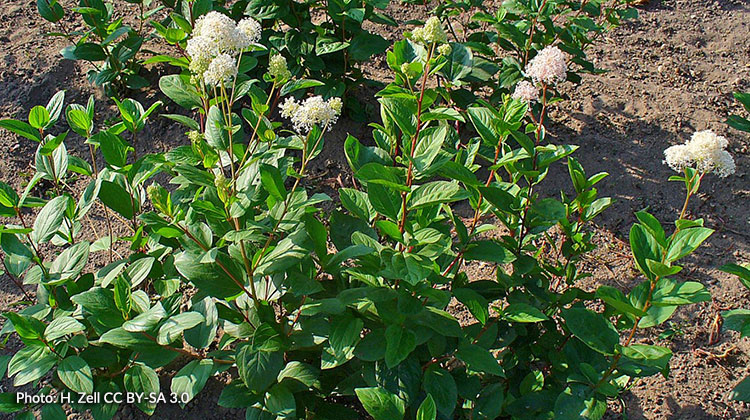
Growing Native New Jersey Tea Ceanothus Americanus Melinda Myers

Wildflower Of The Year 2019 New Jersey Tea Ceanothus Americanus Virginia Native Plant Society
Ceanothus Americanus New Jersey Tea From New Moon Nurseries

Ceanothus Americanus Mountain Snowbell New Jersey Tea North Carolina Extension Gardener Plant Toolbox

Ceanothus Americanus Mountain Snowbell New Jersey Tea North Carolina Extension Gardener Plant Toolbox
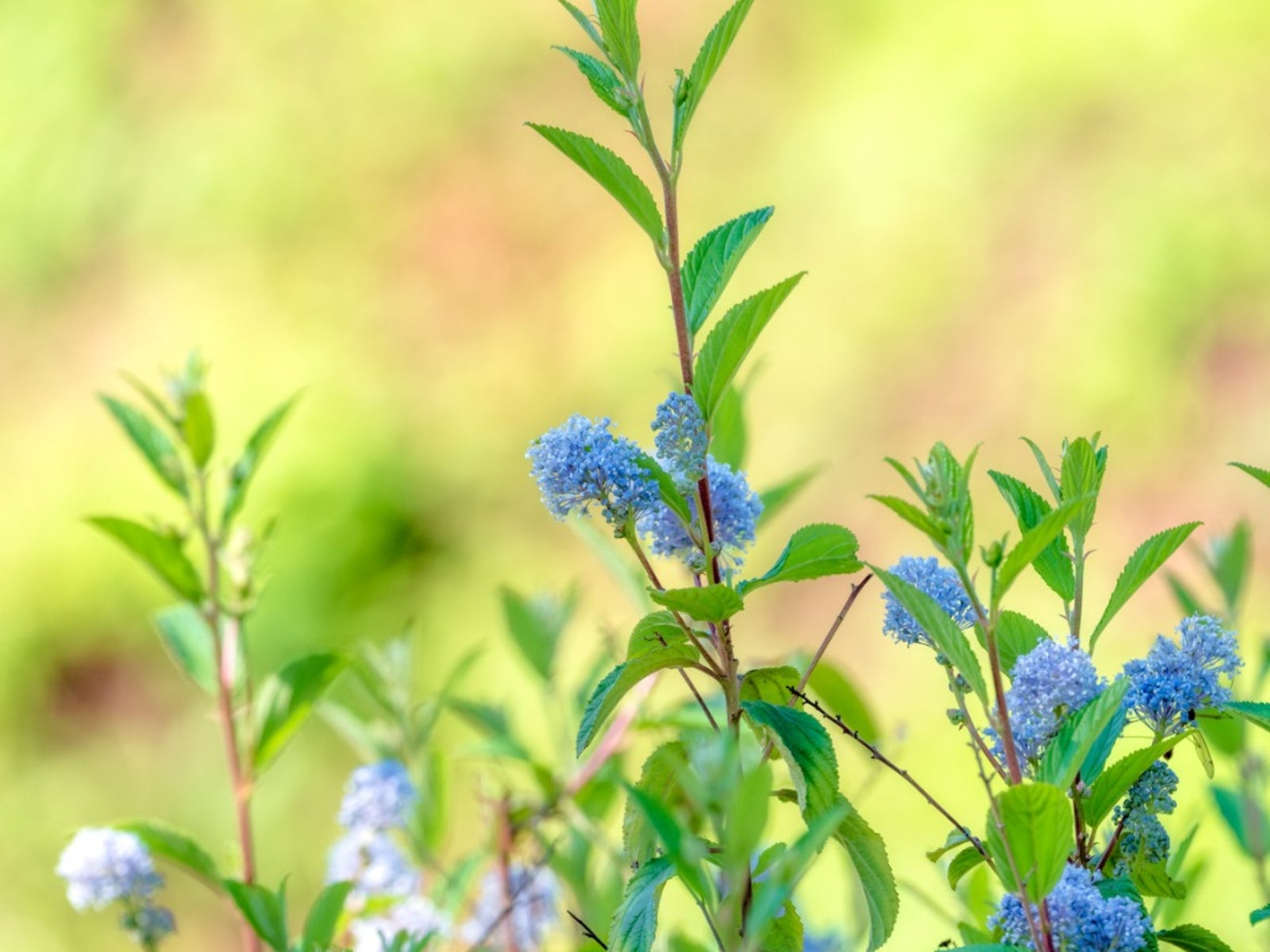
What Is A New Jersey Tea Plant Guide To New Jersey Tea Shrub Care

New Jersey Tea Native Shrubs Johnson S Nursery Knowledgebase
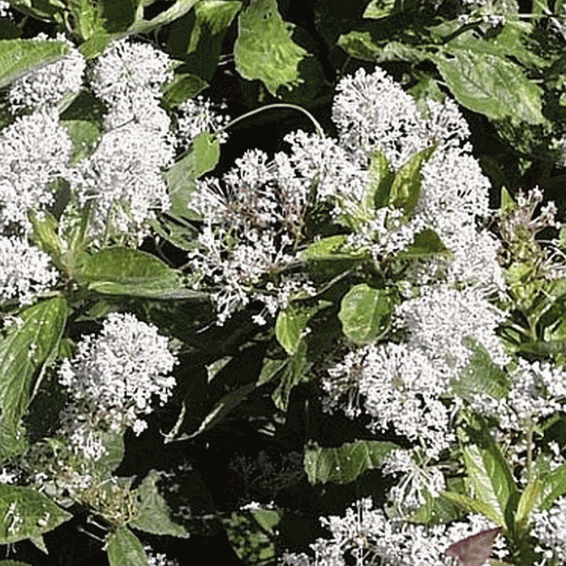
New Jersey Tea Seeds Ceanothus Americanus Seeds
Ceanothus Americanus New Jersey Tea From New Moon Nurseries

Bare Root New Jersey Tea Ceanothus Americanus Monticello Shop
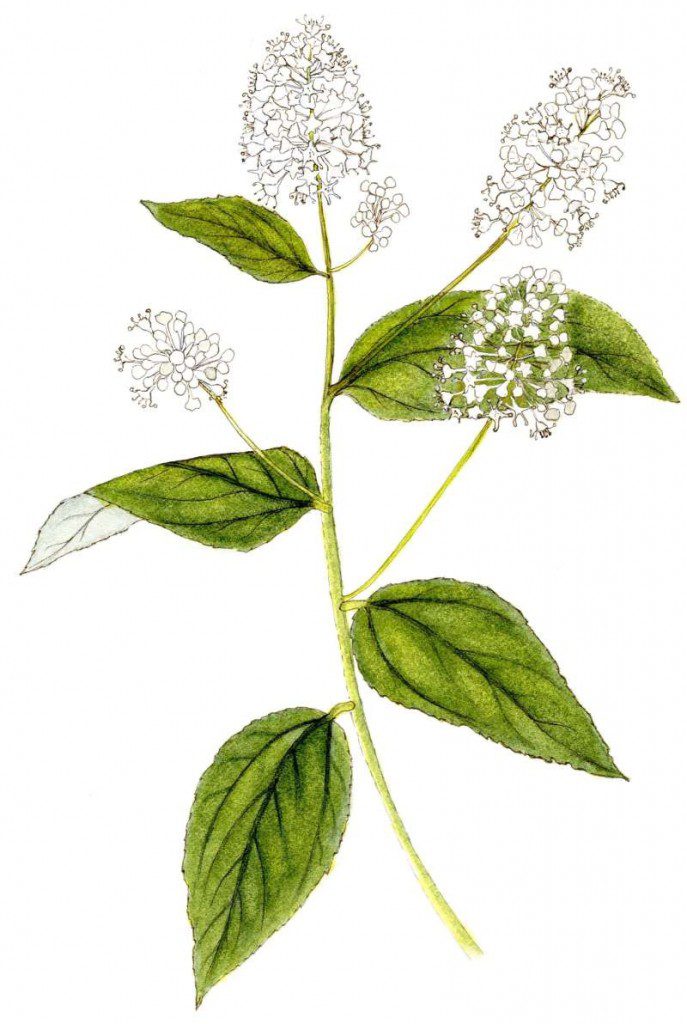
Wildflower Of The Year 2019 New Jersey Tea Ceanothus Americanus Virginia Native Plant Society

